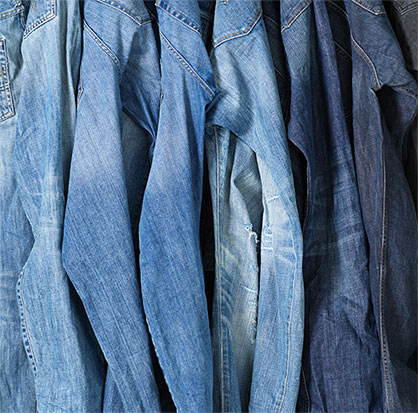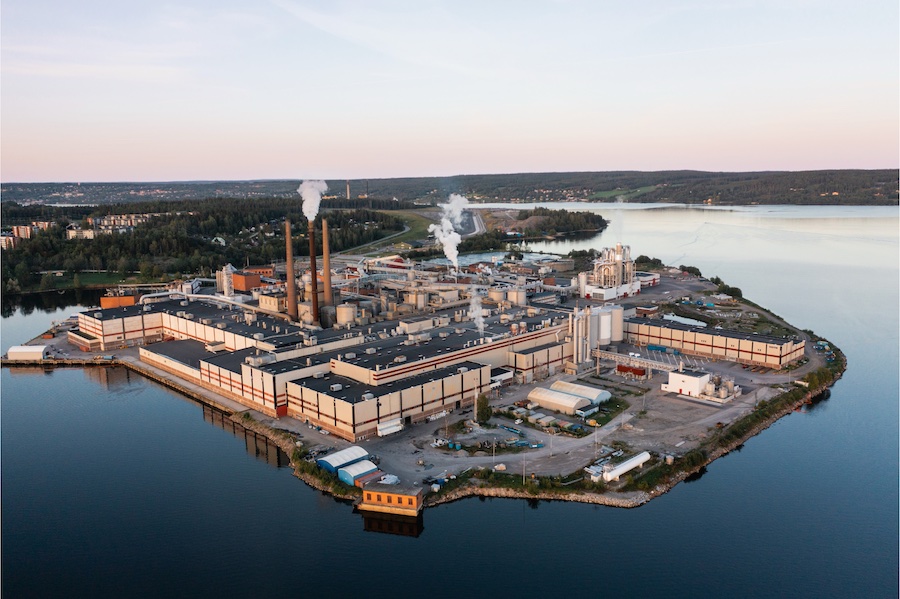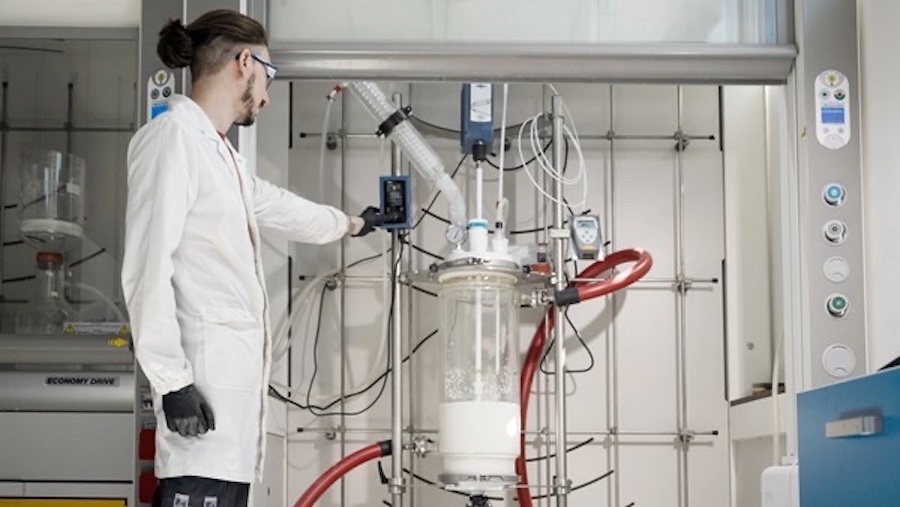#Recycling / Circular Economy
Levi's most sustainable jean ever – a collaboration with re:newcell
This unique collaboration between Levi’s® Wellthread™, the laboratory to test and validate sustainability ideas through research & development, and re:newcell, the innovators behind Circulose®, marks a significant milestone in the fashion industry’s transition to circularity. It’s like-for-like fiber input means the garment can itself be recycled through an existing chemical recycling processes.
“Bringing fashion full circle, denim-to-denim, together with a brand as iconic as Levi’s® is a dream come true. To make fashion sustainable, it’s important to show people that a material like Circulose® is a real alternative to virgin cotton both in performance and style. I can’t think of a better proof than putting truly circular Levi’s® 502’s into stores worldwide” says Patrik Lundström, CEO of re:newcell.
To make Circulose®, re:newcell repurposes discarded cotton textiles, such as worn-out denim jeans, through a process akin to recycling paper. The incoming waste fabrics are broken down using water. The color is then stripped from these materials using an eco-friendly bleach. After any synthetic fibers are removed from the mix, the slurry-like mixture is dried and the excess water is extracted, leaving behind a sheet of Circulose®. This sheet is then made into viscose fiber which is combined with cotton and woven into a new fabric.
“We want to recycle Levi's jeans in a way that doesn't diminish their quality. By collaborating with re:newcell, our garment-to-garment recycling takes an important step forward,” notes Una Murphy, Levi’s® Senior Designer for Innovation. “Recycling keeps garments out of landfills and minimizes the use of natural resources. We're transforming old jeans into high-quality materials, moving us beyond traditional cotton recycling, which shortens and breaks fibers. By using high-quality fiber, Levi's jeans last longer, and designing for circularity allows our old jeans to become new jeans, again and again.”
Designed in a way that maximizes recyclability so it can be regenerated into a new jean again, each part of the jean – trims, thread, etc. – are carefully calibrated to ensure it meets recycling specifications, allowing it to have a second life when it's worn out. Innovations like this are what will allow Levi’s®, and the fashion industry, to reduce dependency on virgin materials. What’s more, Levi’s® and re:newcell were able to successfully put a pair of the Wellthread™ jeans made with Circulose® and organic cotton, sourced from Turkey, through re:newcell’s recovery system and come away with viable material output for future use, demonstrating that this garment is, in fact, fully recyclable and truly circular.

“This is a sustainability challenge that we’ve been wrestling with for years, so it’s really exciting to see an aspirational concept become a familiar pair of Levi’s jeans that consumers can actually buy and wear,” says Paul Dillinger, Levi’s VP of Global Product Innovation. “The fashion industry has long been chasing the potential of the ‘circular economy.’ The jeans we’ve made in collaboration with re:newcell proves that it can be done.”
In addition, Circulose® is manufactured in a first-of-its-kind recycling facility powered by renewable energy in Kristinehamn, Sweden. This translates to denim that requires less water and energy, leaving us with an overall lighter carbon footprint.
















